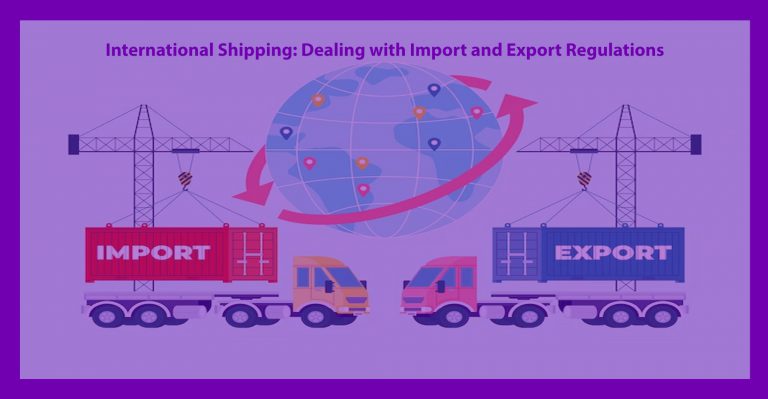The Impact of Rising Fuel Prices on Shipping Costs: What You Need to Know
The global shipping industry, a vital lifeline for international trade, is facing turbulent seas due to rising fuel prices. The complex interplay of economic factors, geopolitical tensions, and environmental concerns has increased fuel costs, sending shockwaves through the entire shipping ecosystem. This blog delves into the impact of rising fuel prices on shipping costs, exploring its ramifications for businesses, consumers, and the broader global economy.
Fueling the Flame: The Drivers of Rising Prices
Several factors have contributed to the recent surge in fuel prices. The ongoing Russia-Ukraine war has significantly disrupted energy markets, leading to supply chain bottlenecks and price volatility. The unprecedented demand for goods post-pandemic has further strained supply chains, increasing fuel prices. Additionally, environmental regulations aimed at curbing emissions have incentivized the use of cleaner but more expensive fuels.
Ripples Across the Ocean: Impact on Shipping Costs
The rising fuel prices have had a domino effect on shipping costs. Carriers are forced to pass on the increased fuel expenses to shippers, leading to significant hikes in freight rates. This translates into higher consumer product prices, potentially impacting purchasing power and fueling inflation.
The impact is not uniform across all segments of the shipping industry. Container shipping, particularly reliant on fuel-intensive vessels, has been hit the hardest. Bulk carriers, on the other hand, have experienced some relief due to their lower fuel consumption rates.
Navigating the Storm: Strategies for Resilience
Businesses are actively adopting strategies to mitigate the impact of rising shipping costs. These include:
- Diversifying transportation modes: Shifting cargo from air to seaborne freight can offer significant cost savings, although it comes with longer transit times.
- Renegotiating contracts: Businesses are renegotiating long-term contracts with carriers to incorporate fuel price adjustment clauses, ensuring a fairer cost distribution.
- Optimizing logistics: Implementing route optimization strategies and data analytics can help businesses reduce fuel consumption and improve efficiency.
- Investing in alternative fuels: Exploring alternative fuels like liquefied natural gas (LNG) and biofuels can offer long-term cost benefits and reduce carbon emissions.
- Seeking government support: Businesses are urging governments to implement measures like tax breaks and subsidies to help them navigate the challenging market conditions.
Beyond the Horizon: Long-Term Implications
The long-term impact of rising fuel prices on shipping costs remains uncertain. While some experts predict a gradual stabilization of prices, others warn of a potential “new normal” of higher fuel costs. This necessitates a proactive approach from all stakeholders in the industry.
A Call for Collaboration:
To navigate the turbulent waters, stakeholders across the shipping industry must collaborate and explore innovative solutions. This could involve:
- Investing in fuel-efficient technologies: Research and development in wind-assisted propulsion and energy-efficient ship designs can offer long-term cost savings and environmental benefits.
- Developing transparent fuel pricing mechanisms: Implementing mechanisms that link fuel prices to freight rates can foster trust and fairer cost distribution.
- Investing in alternative energy sources: Exploring renewable energy sources like solar and wind power can provide more sustainable and cost-effective alternatives.
- Promoting international cooperation: Government and industry leaders must collaborate on international platforms to develop harmonized regulations and promote sustainable practices.
Conclusion:
Rising fuel prices have created a wave of challenges for the shipping industry. However, by adopting proactive strategies and fostering collaboration, stakeholders can navigate these turbulent waters and build a more resilient and sustainable future for international trade. By embracing innovation and prioritizing sustainability, the shipping industry can ensure it remains a vital force in the interconnected global economy.







